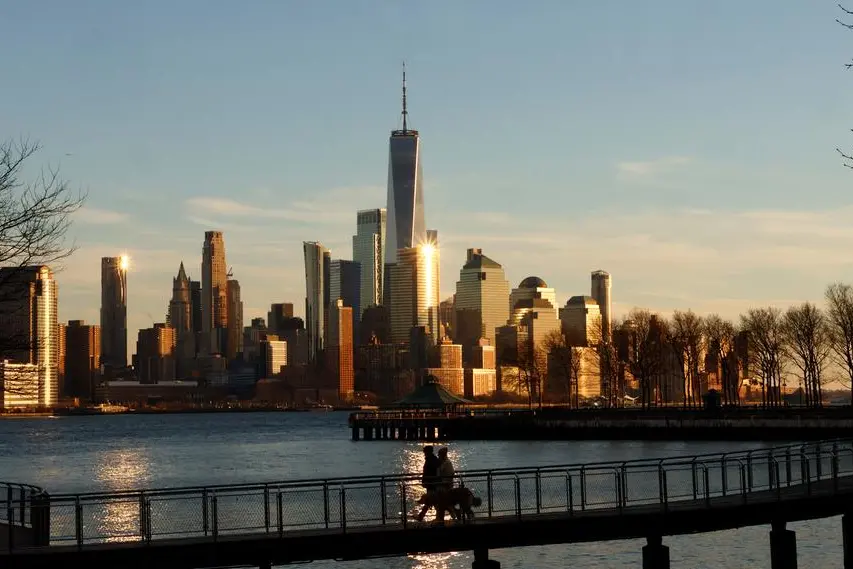PHOTO
Australia's Prime Minister Anthony Albanese warned people to stay safe Saturday as a heatwave baked the eastern coast and sent temperatures in Sydney to a three-year high.
Many people crowded Sydney's beaches or sought relief in the shade as authorities warned the most vulnerable -- including the elderly and very young -- to shelter in cool buildings.
Dozens of bush and grass fires were burning out of control across New South Wales, firefighters said.
Sydney city centre's Observatory Hill weather station reached 38.9 degrees Celsius (102.0 degrees Fahrenheit) in the early afternoon -- the hottest since November 2020, according to weather bureau data.
In Penrith on Sydney's far western fringes, the thermometer crept up to 41.4C (106.5F).
"It's a reminder that there just might be something in this climate change stuff," Albanese said.
"Today, with the high heat levels, I do say that it's a time to ensure that we look after each other and stay safe," he told a news conference.
"Climate change is a threat to people's health as well as to our environment and we need to acknowledge there's a need for a comprehensive response."
Temperatures across much of New South Wales were expected to reach up to 10C above average, the Bureau of Meteorology said, though cooler conditions were forecast for the evening.
Weekend heatwave alerts were issued for much of the state.
The weather bureau urged vulnerable people including infants and the elderly to use fans and air conditioners or seek cool spots in libraries, community centres and shopping centres.
More than 70 bushfire and grass fires were burning across New South Wales -- 29 of them still out of control, the state's rural fire service said in a statement on social media.
"With very hot, dry and windy conditions, and total fire bans in place, know your risk and what you will do if threatened by fire," it said.
After several wet years, experts are expecting Australia's summer to bring the most intense bushfire season since 2019-2020.
During that "Black Summer", bushfires raged across Australia's eastern seaboard, razing swathes of forest, killing millions of animals and blanketing cities in noxious smoke.
Australia's weather bureau confirmed in September that an El Nino weather pattern is underway, bringing hotter and drier conditions.





















